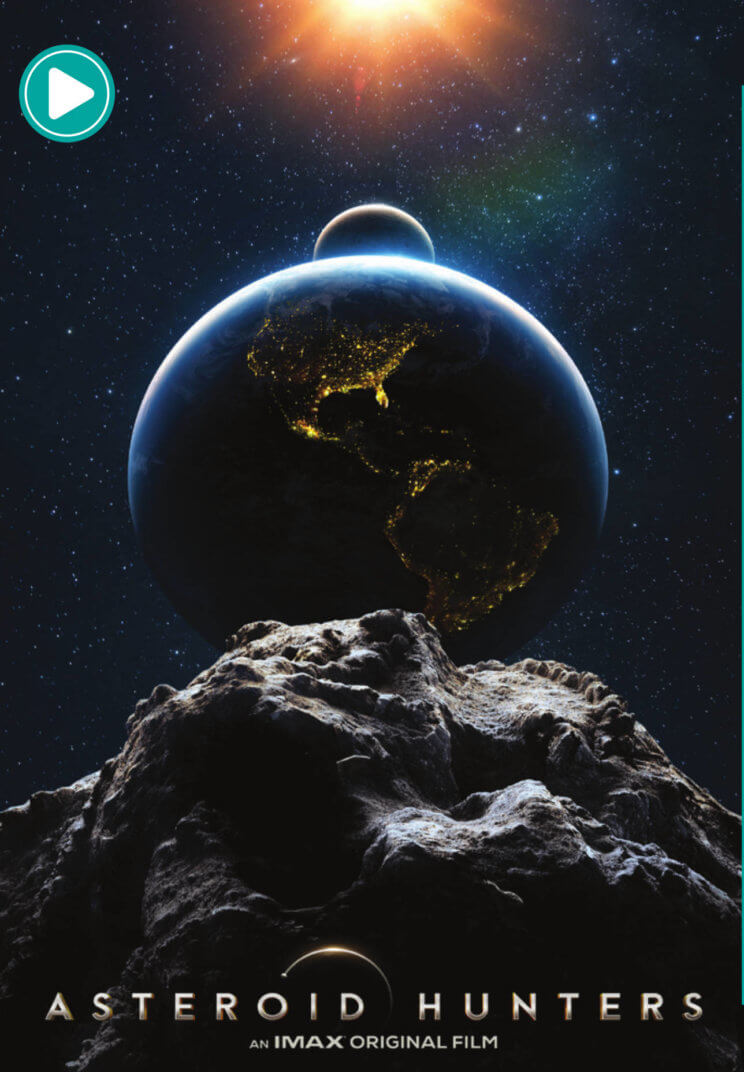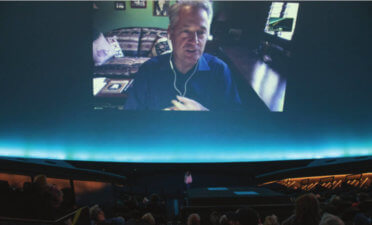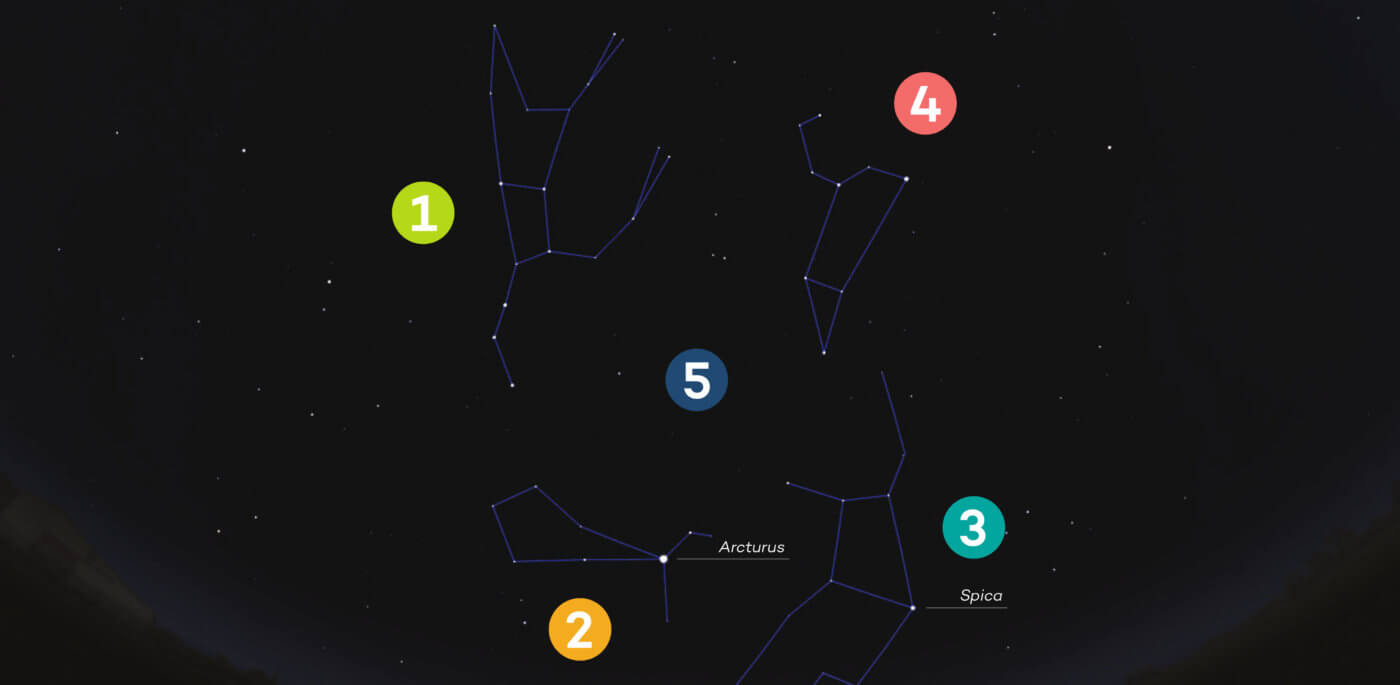
Join Us
Join us in the OMNIMAX® Theater
Members receive free documentary film tickets.
Take a trip to space or the lush green lands of Earth from the comfort of your own seat. In order to keep you safe and provide you peace of mind, know that we have reduced capacities to maintain social distancing between guests and developed enhanced protocols and cleaning procedures between each film. For more information on your OMNIMAX Theater experience and film schedules, visit the OMNIMAX Theater.

CLOSES APRIL 29
Join Neil Armstrong, Buzz Aldrin and Michael Collins, the Mission Control team and millions of spectators around the world, during those momentous days and hours in 1969 when humankind took a giant leap into the future.

NOW PLAYING
Venture into deep space for a fascinating look at asteroids, their cosmic origins and the potential threat they pose to our world.


Watch the conversation here.

OPENS MARCH 12
Join this amazing adventure to save California’s enchanting Channel Island Fox, China’s fabled Golden Monkey and the wondrous migrating crabs of Christmas Island.
SAVE THE DATE: Member Preview | March 11

Join us in the James S. McDonnell Planetarium for our live star shows each day. The Planetarium has taken precautions to ensure a safe star show with reduced capacities and enhanced cleaning. Learn more information on the Planetarium and star show schedules.
Spring Stars & Constellations
When you are not enjoying these live star shows with us, you can become an astronomer in your own backyard. Here are the stars you will see rise just after sunset in spring. Look east around 9pm to catch sight of these beautiful wonders.
1: “The Big Dipper” / Ursa Major
The Big Dipper is often the first star pattern people learn, but it is not an official constellation. Instead, this familiar asterism is part of the larger constellation named Ursa Major, the Great Bear. Ursa Major is rising from its winter slumber and will climb higher in the sky during the spring and summer.
2: Arcturus
Follow the ‘arc’ created by the three stars in the handle of the Big Dipper as they point to the bright star of spring, Arcturus. This red giant in the constellation of Boötes the Herdsman is the 4th brightest star in the night sky. The pattern of Boötes often is described as looking like a kite or ice cream cone.
3: Spica
Below Arcturus is another bright star named Spica. The name for this blue-white star comes from Latin where it means “wheat.” To early farmers, Spica’s appearance in the east after sunset was used to mark the start of spring, and its disappearance in the west nearly six months later began the annual harvest. Spica is carried across the sky by the Zodiac constellation Virgo the Maiden.
4: Leo the Lion
March is often described as coming “in like a lion and out like a lamb.” In the stars, our springtime lion is the famous Leo climbing high in the sky during the spring. For those with a telescope, this pattern contains the famous Leo Triplet—a group of three interacting spiral galaxies roughly 35 million light years from Earth. The triplet is best viewed during the spring from dark skies.
5: Coma Berenices
This seemingly empty patch of sky is our James S. McDonnell Planetarium Manager Will’s favorite spring constellation! Don’t see anything? Blame that on the city lights of St. Louis. This small constellation contains few stars bright enough to be seen in and around the city, but its hidden beauty is revealed from a dark location. Coma Berenices, named for the Egyptian queen Berenice II, contains countless faint stars, rich galaxy clusters and more hidden treasures.





